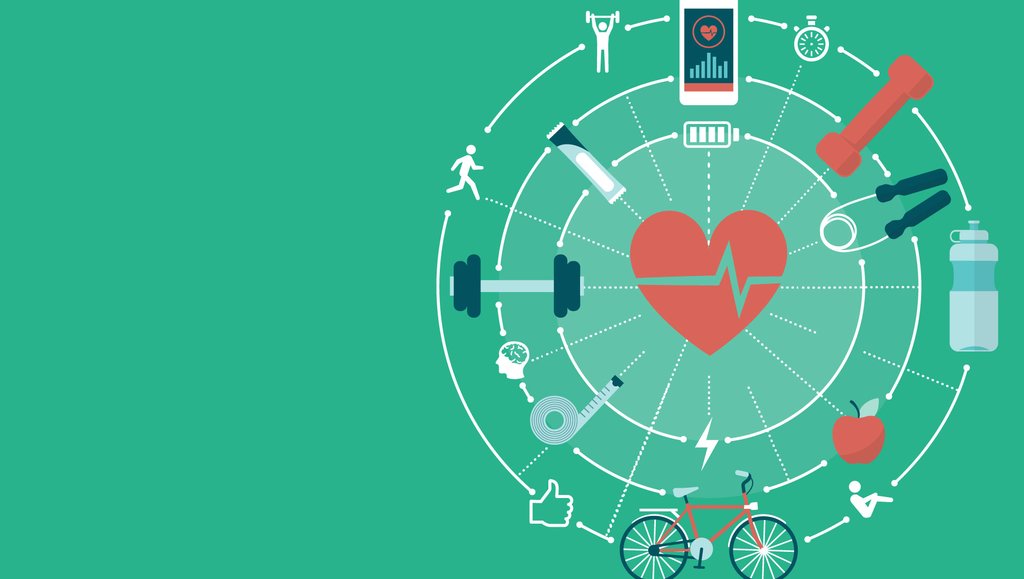The heart begins to form in the embryo at 2-3 weeks of pregnancy. A woman’s heart weighs an average of 220 grams, a man’s 300 grams.
During the day the heart shrinks about 100 thousand. times. Throughout life, the number of contractions exceeds 2.5 billion. Within 1 minute, the heart pumps 5-6 liters of blood. She pumps over 7,000 gallons of blood a day.
Throughout life, the heart beats 2.5 billion times, that is, it pumps more than 173 million liters of blood. During each contraction, the heart throws 60-70 ml of blood into the aorta. The heart of a newborn baby beats at a frequency of 120 beats / minute, in an adult-only 70 beats / minute. During exercise, the amount of blood flowing through the heart increases fourfold.
In high-performance athletes, there is often hypertrophy of the left ventricular muscle and heart rate reduced to 60 beats/minute. One cardiac cycle takes 0.8 s, of which 0.15 s for atrial contraction, 0.03 for ventricular contraction, and 0.35 s for the diastolic phase.
On average, the heart rests 15 hours a day, that is, it works only 9 hours.
In stressful situations, the heart can increase its efficiency up to five times. Therefore, prolonged stress can lead to premature wear out of the heart muscle. Coronary vessels in women are thinner and more twisted than in men. The influx of stress hormones raises blood pressure and increases the deposition of fat on the walls of blood vessels, which impedes blood flow and the heart has to work harder. This is followed by heart rhythm disturbances, heart attacks or strokes. 
High stress can activate the process of hemostasis, or blood clotting, which can result in clogged coronary arteries and the threat of a heart attack. Stress in the first days of life (e.g. separation from the mother) puts a strain on the heart of newborns, affecting the ability to pump oxygen-rich blood, which can increase the risk of cardiovascular disease. The risk of coronary disease associated with obesity is 64% for women and 42% for men. Due to cardiovascular diseases, about 100 people die.91,000 poles and 82,000 poles a year. Men are more likely to recover from a heart attack without complications than women. Within the first year after a heart attack, 24% of men and 42% of women die.
Traveler’s diarrhea
Symptoms of acute gastrointestinal infection are observed:
diarrhoea, which may be bloody or watery, dehydration, abdominal pain, nausea, vomiting, fever.
- The first symptoms usually appear 2-3 days after arrival at the destination. Diarrhea persists for 3-4 days. Intracellular parasites are often responsible for chronic diarrhoea.
- Traveler’s diarrhea is found in travelers to Central America, South America, South Asia, most of Africa, the Middle East, China, Russia.
- Bacteria are responsible for more than 80% of travellers ‘ diarrhoea.
In 5-10% of cases, traveler’s diarrhea is caused by viruses (rotaviruses, noroviruses, adenoviruses type 40 and 41, astroviruses), pathogens can also be protozoa, such as: lamblia lamblia, Entamoeba histolytica and Cryptosporidium. In about 40% of cases, no etiologic agent is detected; mixed infections have also been reported.
The disease is prevented by applying basic hygiene rules, such as washing hands before meals. Do not consume food and liquids from an unknown source (fairs, street vendors). It is recommended to avoid eating at room temperature, fresh vegetables, non-carbonated water, ice cubes, and unpeeled fruit when travelling to vulnerable areas. It is considered relatively safe to eat hot foods, breads and other dry foods, and to drink warm liquids or fizzy drinks.
